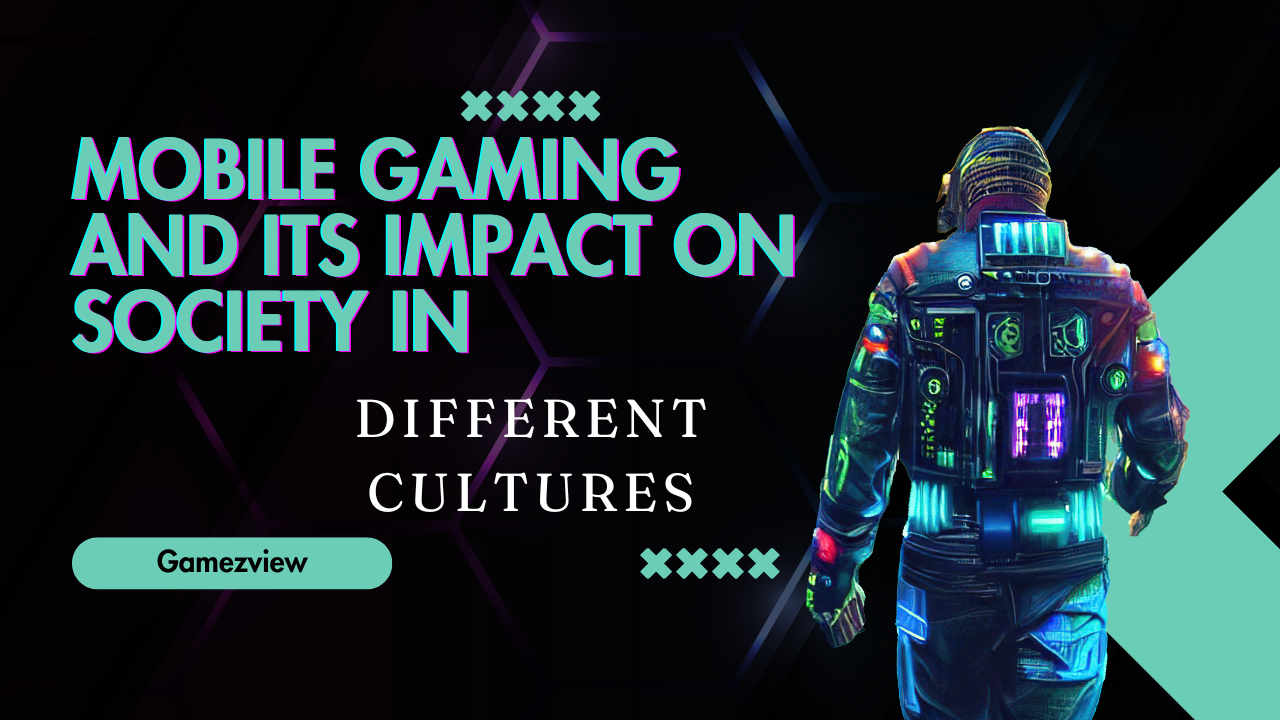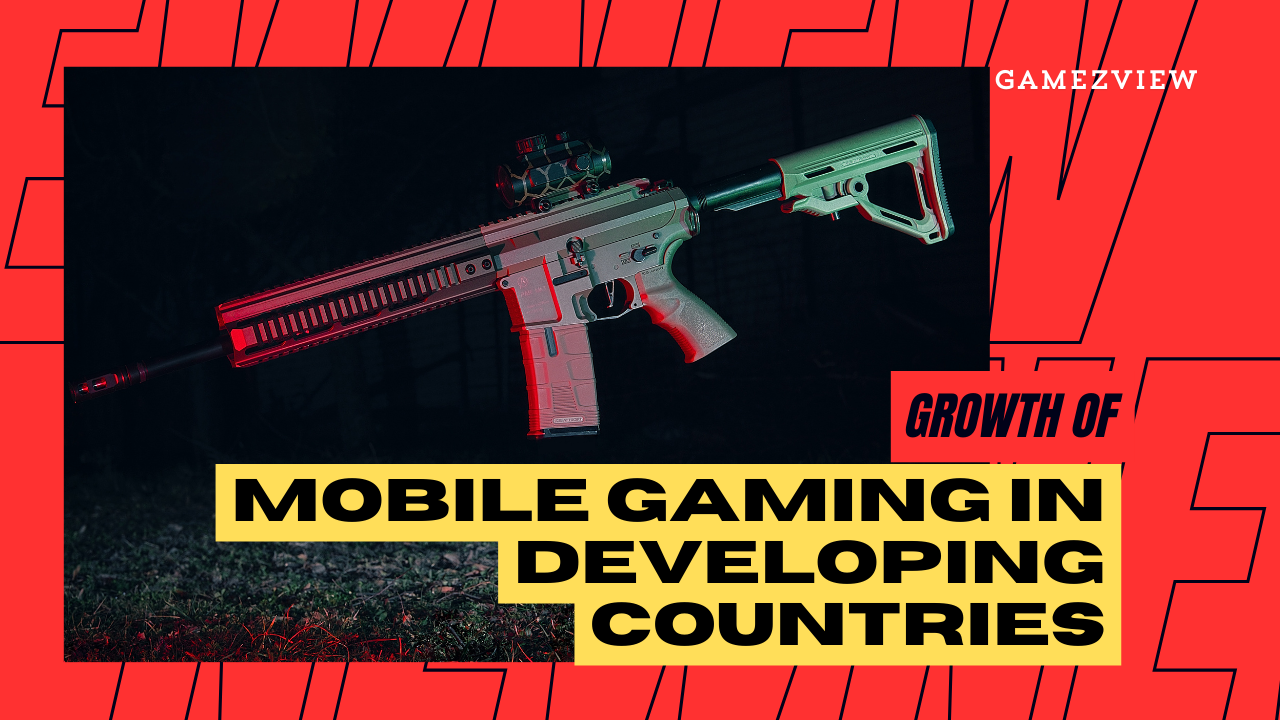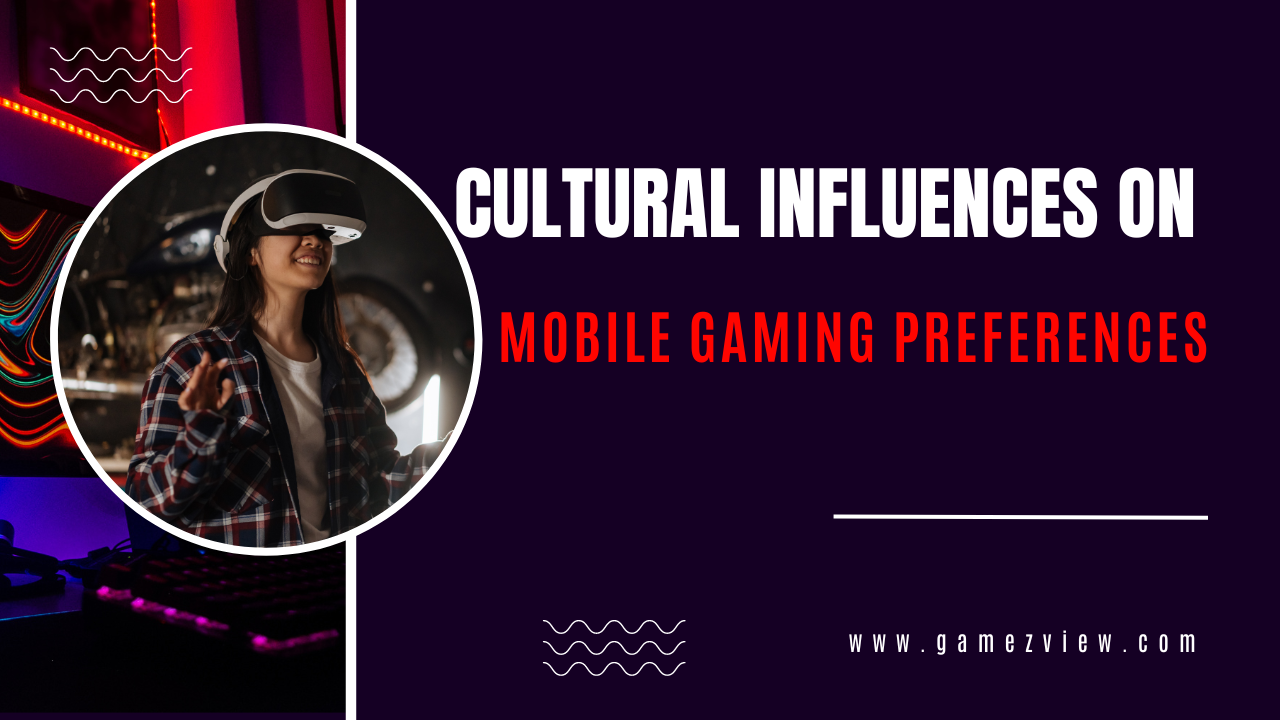Video games have evolved into a rich and diverse medium of expression, offering players immersive experiences that transcend cultural boundaries. In this article, we explore the significance of cultural diversity in video games, examining its impact on character design, storytelling, worldbuilding, music, and sound design. We also delve into the challenges and opportunities facing developers, the impact on players and communities, and the future of cultural representation in gaming.
Introduction to Cultural Diversity in Video Games
Definition of Cultural Diversity in Gaming
Cultural diversity in video games refers to the representation of various cultures, ethnicities, identities, and experiences within game content. It encompasses the portrayal of diverse characters, narratives that explore different cultural themes and perspectives, and the creation of immersive game worlds that reflect the richness and complexity of real-world cultures.
Importance of Representation and Inclusivity
Representation and inclusivity are essential principles in game development, ensuring that players from all backgrounds feel seen, heard, and valued. By embracing cultural diversity, developers can create more inclusive gaming experiences that resonate with a broader audience and foster a sense of belonging and empowerment among players.
Overview of the Current State of Cultural Diversity in Video Games
While progress has been made in recent years, the gaming industry still faces challenges in achieving meaningful cultural diversity and representation. Many games continue to rely on stereotypes or homogenous depictions of culture, reinforcing existing biases and excluding marginalized voices. However, there are also examples of games that celebrate cultural diversity and challenge traditional norms, paving the way for a more inclusive future.
Cultural Representation in Character Design
Portrayal of Diverse Characters in Video Games
Character design plays a crucial role in shaping players’ experiences and perceptions of cultural diversity in video games. By creating diverse and well-rounded characters, developers can challenge stereotypes and showcase the richness and complexity of different cultures. From protagonists to NPCs, every character offers an opportunity for meaningful representation and storytelling.
Impact of Character Design on Player Identification and Immersion
When players see themselves reflected in-game characters, they are more likely to feel a sense of connection and immersion in the game world. By incorporating diverse character designs, developers can enhance player identification and foster empathy and understanding across cultural boundaries. This, in turn, enriches the overall gaming experience and promotes inclusivity.
Examples of Successful Cultural Representation in Character Design
Several games have successfully embraced cultural diversity in character design, setting new standards for representation and inclusivity. Games like “The Last of Us Part II,” “Life is Strange,” and “Assassin’s Creed: Odyssey” feature diverse casts of characters from different backgrounds, each with their own unique stories and perspectives. These games demonstrate the power of inclusive character design in creating immersive and engaging gaming experiences.
Narrative and Storytelling
Incorporating Diverse Perspectives and Experiences into Game Narratives
Narrative and storytelling provide a powerful platform for exploring cultural diversity and addressing social issues within the context of video games. By incorporating diverse perspectives and experiences into game narratives, developers can shed light on important social and cultural themes, challenge stereotypes, and provoke meaningful reflection and discussion among players.
Addressing Cultural Themes and Issues in Storytelling
From historical epics to contemporary dramas, video game narratives have the potential to tackle a wide range of cultural themes and issues. Games like “Gone Home,” “This War of Mine,” and “Cuphead” explore topics such as identity, race, ethnicity, and social justice through engaging storytelling and interactive gameplay, prompting players to consider their own beliefs and values.
Examining the Role of Cultural Authenticity and Sensitivity
Cultural authenticity and sensitivity are crucial considerations in game development, especially when representing cultures and communities outside of one’s own. Developers must conduct thorough research, consult with cultural experts, and engage with diverse communities to ensure that their portrayals are accurate, respectful, and free from harmful stereotypes or biases.
Worldbuilding and Environment Design
Creating Culturally Rich and Immersive Game Worlds
Worldbuilding and environment design are integral parts of creating immersive and culturally diverse video game experiences. By drawing inspiration from real-world cultures and traditions, developers can craft richly detailed and visually stunning game worlds that captivate players and invite exploration. From bustling cities to serene landscapes, every environment tells a story and contributes to the overall atmosphere of the game.
Incorporating Real-World Cultures and Traditions into Game Environments
Games like “The Legend of Zelda: Breath of the Wild,” “Red Dead Redemption 2,” and “Okami” excel at incorporating real-world cultures and traditions into their game environments. Whether it’s the architecture, clothing, cuisine, or folklore, these games pay homage to diverse cultures and invite players to immerse themselves in vibrant and authentic settings inspired by the world around us.
Balancing Authenticity with Creative Freedom in Worldbuilding
While cultural authenticity is important, developers also have the creative freedom to reinterpret and reimagine cultural elements in their game worlds. By striking a balance between authenticity and creativity, developers can create compelling and original experiences that draw inspiration from diverse cultural influences while still offering a unique and fantastical twist.
Music and Sound Design
Utilizing Music and Sound to Evoke Cultural Themes and Emotions
Music and sound design play a vital role in shaping the mood, atmosphere, and emotional impact of video games. By incorporating culturally diverse music and soundscapes, developers can evoke a sense of place and immerse players in the sights and sounds of different cultures. From traditional folk melodies to modern remixes, music adds depth and texture to the gaming experience.
Incorporating Traditional Instruments and Styles into Game Soundtracks
Many games feature soundtracks that incorporate traditional instruments and musical styles from around the world. Games like “Journey,” “Okami,” and “Ghost of Tsushima” use authentic instrumentation and composition techniques to transport players to different cultural settings and evoke a sense of time and place. This attention to detail enhances immersion and enriches the overall audiovisual experience.
Enhancing Immersion and Atmosphere through Cultural Soundscapes
In addition to music, ambient soundscapes and environmental sounds can also contribute to the cultural immersion of video games. From bustling marketplaces to tranquil natural landscapes, sound design can evoke a sense of cultural authenticity and bring game worlds to life in ways that resonate with players on a visceral level. This multisensory approach to game design enhances immersion and fosters a deeper connection with the game world.
Challenges and Opportunities
Addressing Cultural Stereotypes and Misconceptions in Game Development
One of the biggest challenges in cultural diversity in video games is the perpetuation of stereotypes and misconceptions about different cultures and identities. Developers must be vigilant in challenging and subverting these stereotypes, portraying diverse characters and cultures in nuanced and authentic ways that reflect the complexity and diversity of real-world experiences.
Overcoming Barriers to Diverse Representation in the Gaming Industry
The gaming industry still faces systemic barriers to diverse representation, including lack of diversity among developers, unconscious bias in hiring practices, and unequal access to resources and opportunities. To overcome these barriers, developers must prioritize diversity and inclusion in all aspects of game development, from hiring and recruitment to content creation and marketing.
Harnessing the Power of Cultural Diversity for Innovation and Creativity
Despite the challenges, cultural diversity also presents significant opportunities for innovation and creativity in game development. By embracing diverse perspectives, experiences, and storytelling traditions, developers can create games that push boundaries, challenge conventions, and inspire players in new and exciting ways. This diversity of voices and ideas fuels creativity and drives the evolution of the gaming medium.
Impact on Players and Communities
Empowerment and Validation for Underrepresented Players
Representation and inclusivity in video games have a profound impact on players, particularly those from underrepresented or marginalized communities. Seeing characters and stories that reflect their own identities and experiences can empower players, validate their lived experiences, and foster a sense of pride and belonging in gaming culture.
Fostering Empathy and Understanding through Diverse Gaming Experiences
Video games have the power to foster empathy and understanding by allowing players to inhabit different perspectives and walk in someone else’s shoes. By experiencing diverse gaming experiences firsthand, players can gain insight into different cultures, lifestyles, and worldviews, promoting empathy, tolerance, and cross-cultural understanding.
Building Inclusive Gaming Communities and Fostering Positive Social Change
Cultural diversity in video games not only benefits individual players but also contributes to the creation of more inclusive and welcoming gaming communities. By celebrating diversity and embracing differences, gaming communities can become catalysts for positive social change, promoting diversity, equity, and inclusion both within the gaming industry and society at large.
Case Studies and Success Stories
Examining Games that Have Successfully Embraced Cultural Diversity
Several games have received critical acclaim for their inclusive representation of diverse cultures and identities. Games like “Celeste,” “NieR: Automata,” and “Undertale” feature diverse casts of characters and explore complex themes of identity, trauma, and resilience with sensitivity and depth. These games serve as shining examples of the power of cultural diversity in video games to inspire, educate, and entertain players.
Analyzing the Impact of Culturally Diverse Games on Players and Communities
The impact of culturally diverse games extends beyond individual players to influence broader gaming culture and society as a whole. Games like “The Witcher 3: Wild Hunt,” “Persona 5,” and “The Legend of Zelda: Breath of the Wild” have sparked discussions and debates about cultural representation, identity politics, and social justice, prompting players to critically engage with these themes and reflect on their own beliefs and values.
Highlighting Developers and Studios Leading the Way in Inclusive Game Design
Many developers and studios are leading the way in inclusive game design, prioritizing diversity and representation in their creative vision and development process. From indie darlings like “Hollow Knight” and “Stardew Valley” to AAA blockbusters like “Horizon Zero Dawn” and “Overwatch,” developers are pushing boundaries and challenging conventions to create games that reflect the diversity of the world we live in.
The Future of Cultural Diversity in Video Games
Trends and Predictions for the Future of Cultural Representation in Gaming
Looking ahead, the future of cultural diversity in video games is bright, with continued momentum towards greater representation and inclusivity. As awareness and demand for diverse gaming experiences grow, developers are likely to prioritize cultural diversity in their creative endeavours, leading to a more inclusive and representative gaming landscape.
Strategies for Promoting Greater Diversity and Inclusion in Game Development
To promote greater diversity and inclusion in game development, industry stakeholders must take proactive steps to address systemic barriers and biases, foster diverse talent pipelines, and amplify underrepresented voices and perspectives. By embracing diversity as a core value and championing inclusive practices, developers can create more authentic, meaningful, and resonant gaming experiences for players of all backgrounds.
Envisioning a More Culturally Diverse and Inclusive Gaming Industry
Ultimately, the goal of cultural diversity in video games is to create a more culturally diverse and inclusive gaming industry where every player sees themselves reflected in the games they play. By working together to challenge stereotypes, break down barriers, and celebrate the richness and diversity of human experience, we can build a gaming community that welcomes and empowers players from all walks of life.
The power of pixels extends far beyond mere entertainment, serving as a powerful tool for cultural expression, representation, and understanding. By embracing cultural diversity in video games, developers have the opportunity to create immersive, engaging, and inclusive gaming experiences that resonate with players on a deeply personal level. As we look to the future, let us continue to champion diversity and inclusion in game development, fostering a gaming industry that reflects the richness and complexity of the world we live in.








